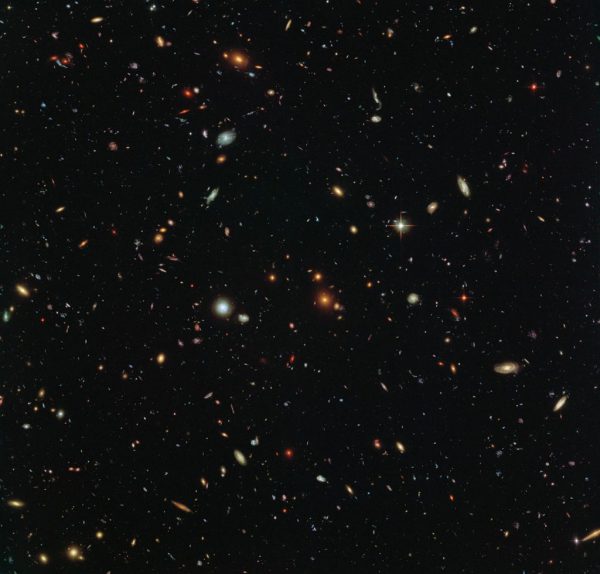If you’ve ever dreamed of time traveling, just look out at the night sky; the glimmers you see are really snapshots of the distant past. That’s because those stars, planets and galaxies are so far away that the light from even the closest ones can take tens of thousands of years to reach Earth.
The universe is undoubtedly a big place. But just how big is it?
“That may be something that we actually never know,” Sarah Gallagher, an astrophysicist at Western University in Ontario, Canada, told Live Science. The size of the universe is one of the fundamental questions of astrophysics. It also might be impossible to answer. But that doesn’t stop scientists from trying.
The closer an object is in the universe, the easier its distance is to measure, Gallagher said. The sun? Piece of cake. The moon? Even easier. All scientists have to do is shine a beam of light upward and measure the amount of time it takes for that beam to bounce off the moon’s surface and back down to Earth.
But the most distant objects in our galaxy are trickier, Gallagher said. After all, reaching them would take a very strong beam of light. And even if we had the technological capabilities to shine a light that far, who has thousands of years to wait around for the beam to bounce off the universe’s distant exoplanets and return back to us?



